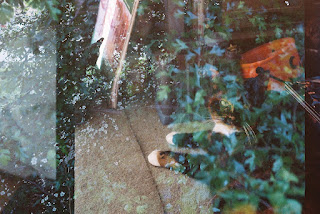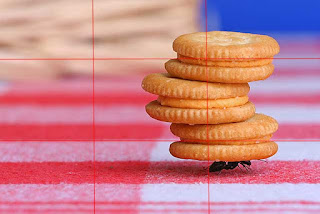 1. Portrait - blur out the back ground focus on
2. Micro/close up – for taking close up photos
3. Landscape – take detail picture of the background
1. Portrait - blur out the back ground focus on
2. Micro/close up – for taking close up photos
3. Landscape – take detail picture of the background
4. Sports – make the picture that your talking not be
blurry/freeze
5. Night – for darker scenes use with flash
6. Day light/Sunny – normal white balance
7. Automatic white balance – camera set white balance by itself
8. Tungsten – for sunsets
9. Custom – Gray and white
10. Florescent – taking photo in florescent (red lights)
11. No Flash – flash will not fire
12. Automatic mode – chosen by camera
13. Aperture priority – mode where you choose the aperture
14. Programmed auto- the camera selects all the functions and camera choose other setting
15. Shutter priority –select a shutter speed camera choose other setting
16. Manual – up to the user


































